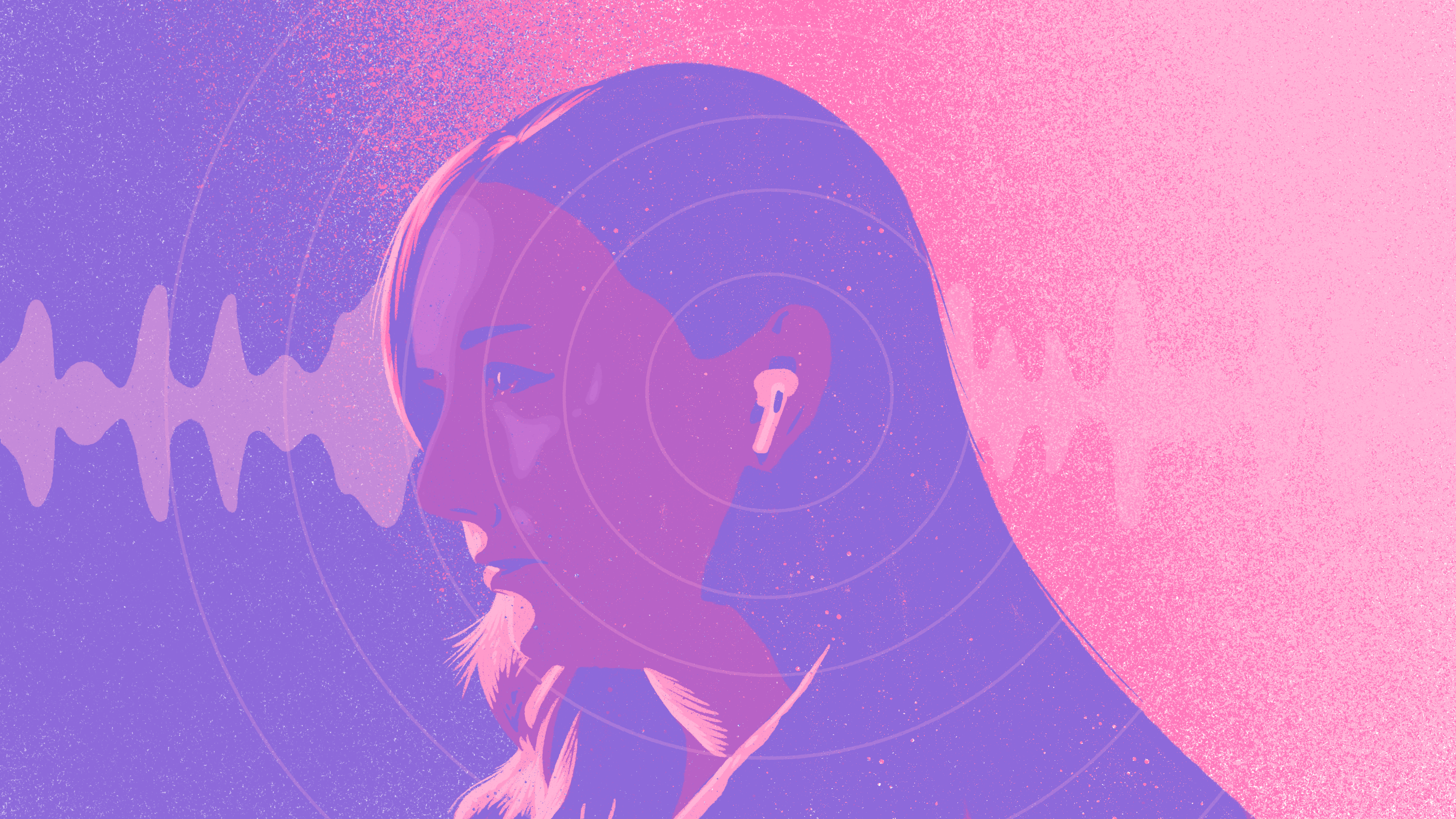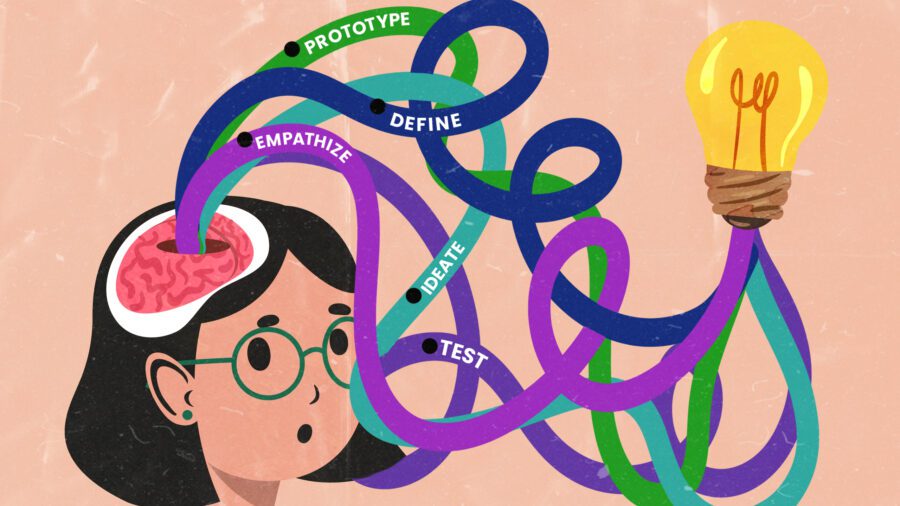
The Fascinating Science Behind Lo-fi Music and Why It Builds Your Concentration
What are your go-to methods to buckle down when you need to focus?
Whether you work from home, study a ton for school, or just love to curl up with a good book, staying focused can sometimes prove to be a tall order. There are an infinite number of things to get distracted by, and it seems the more you are required to do something, like complete a work task, the harder it is to kick that focus into gear.
It’s not uncommon to hear someone sing the praises of listening to classical music to focus, and they’re totally right. Classical music has been shown to work wonders for the human brain, such as reducing test anxiety and boosting performance, but now it has competition. Today, there’s a new favorite genre among millennials and others to focus when you need to the most, and it’s called Lo-fi music.
In today’s article, we not only provide a clear and concise explanation as to what exactly Lo-fi is but also why it has exploded in popularity within the past few years as the best tool to use to build your concentration.
What Is Lo-fi Music?
Lo-fi, or low-fidelity music, is music recorded with intentional imperfections, such as misplayed notes, environmental noise, or phonographic audio imperfections. The distinction to make is that while hi-fidelity music focuses on providing the highest quality audio free of any unwanted imperfections, Lo-fi relishes in just the opposite.
One thing that makes Lo-fi so unique is the boost in focus it provides despite its imperfections.
Picture this: a student is studying for their final exam. They’ve spent several hours through the night and into the early morning hunched over their textbooks, highlighting and taking notes, making sure all the information they’re absorbing sticks. On their open laptop is a cartoon girl resembling the animated work of Hayao Miyazaki with large headphones on, studying away next to her cartoon cat.
It’s a short, picturesque scene that plays on a loop and is universally recognized by almost anyone under the age of 25.
From the laptop’s speakers comes a steady, muffled drum beat accompanied by some lazy synth notes and perhaps a short audio sample from an old cartoon or Nintendo game. Though simple and somewhat easy to reproduce, YouTube channels like the one we’re describing are in no short supply and provide the “chillest vibes” for people everywhere to study, work, and relax to.
Among the most popular of these YouTube channels and the one that laid the framework for all other Lo-fi accounts to follow was ChilledCow, now Lo-fi Girl. The individual behind the channel remains anonymous and has amassed a following of 11 million subscribers on YouTube — the largest of any similar Lo-fi channels that have surfaced since.
On paper, the skill involved here isn’t dissimilar to that of a party host who plays a carefully compiled playlist. Unlike FM stations mandated by the Federal Communications Commission (FCC), the streams don’t need someone to be behind the boards at all times, but the music rotation is updated frequently with new, hand-picked tunes.
Understanding the Science of Lo-fi Music
Okay, so Lo-fi music is imperfect, muffled, simple, and steady beats that sound like they’re being played over a stereo from ‘95. Other than having a cartoon mascot that resembles the art style beloved by an entire generation on the screen while playing, why is this style of music so popular?
It turns out the answer might depend on who you’re asking. While there is evidence to show that human cognitive abilities are improved while listening to non-lyrical background music, preference does come into play. Some people may simply prefer to listen to classical music while they work or study, and that’s just fine. No one needs to like listening to Lo-fi, however, it may interest you to understand why so many people swear by this style of music.
Sometimes people need to wind down in order to perform their best, and that’s precisely what Lo-fi channels promote. Instead of focusing on motivation and avoiding distractions, it sets a mood for the study session. This is important because it allows listeners to settle down and shift to a slower pace.
Most people’s lives are already so hectic that it’s hard for them to focus with constant thoughts racing through their brains. When they open up their favorite Lo-fi station to listen to, they can slow down and allow themselves to dedicate more brain power to studying instead of worrying about their daily lives.
What Is the Connection Between Lo-fi and the Mozart Effect Theory?
There is a common belief that being exposed to Mozart’s music can have a positive impact on one’s intelligence; this is commonly known as “the Mozart effect“.
In the scientific community, however, the term refers to something more specific: the idea that listening to Mozart’s music, even in fragments, can produce temporary (10-15 minute) improvements in visual-spatial reasoning. The term has also been applied to music’s purported therapeutic effects, such as its ability to alleviate symptoms of anxiety, hypertension, and epilepsy.
There are reports in favor of this theory, but generally speaking, the positive results that have been published have been linked to any genre of music that is upbeat and makes people feel good. Better mood and stimulation not only help with spatial-temporal reasoning but also with processing speed and originality in problem-solving.
In 1999, two separate groups of scientists cast serious doubt on the veracity of the Mozart effect. According to a meta-analysis published by Chabris, “any cognitive enhancement is small and does not reflect any change in IQ or reasoning ability in general,” but rather, “derives entirely from performance on one specific type of cognitive task and has a simple neuropsychological explanation.”
The possibility of a Mozart effect is undermined by these systematic moderating effects that can apply to laboratory affiliation. When comparing the effect sizes of samples exposed to Mozart to samples not exposed to a stimulus, this study found strong evidence supporting a confounding publication bias. It’s likely that people’s reactions to Mozart are just the result of being aroused and in a good mood.
The Benefits of Background Music
It’s no secret that silence is also a great way to boost productivity, but total silence isn’t always an option for everyone.
If you’re working in a noisy environment like a cafe or restaurant, background music can block out intrusive noises that distract you and keep you from focusing. This background music forms a sort of blanket around you as you listen, allowing you to distance yourself from the noises around you and adhere to a consistency or theme.
Background music can also act as a stimulant for listeners. There is somewhat of a fine line to walk for music to stay between putting listeners to sleep and distracting them. Lo-fi’s popularity may be in part because it balances this line perfectly. The looping drum beats are enjoyable to listen to but repetitive enough that your brain can predict them subconsciously, creating a calming mood.
Additionally, the ambient noise and muted frequencies act as a blanket to blend the music into a single element; the sounds have been pushed into the background through the use of audio spatialization. The result is music that sounds less like a recording and more like it was created in your room. Interestingly enough, nostalgia may come into play here as another reason why so many people love Lo-fi.

The Greatness Mindset
Learn the secrets of some of the greatest minds in the world. Unlock the power of your mind and live your best life today.
Learn MoreThe Bridge Between Lo-fi Static and Vinyl Records
When you listen to music on vinyl, there is a constant high-frequency hum caused by the needle on the plastic record, creating a sort of audio blanket that makes sounds like snare drum hits and guitar strums less jarring. One of the easiest ways to make music less jarring is to incorporate a constant.
In the case of vinyl records, this constant is the gentle hum of the needle on the record. This is likely the reason why you run into people who swear that listening to records on vinyl “just sounds better” despite being unable to quantify why.
The specific hum of vinyl records also carries with it something even more important — nostalgia. Many of the production techniques used when producing Lo-fi music draw on the listener’s memories of simpler times. Many channels incorporate rain sounds into their Lo-fi music, and many include samples of old cartoons or video games for this very reason — to induce a feeling of nostalgia in the listener.
Our Favorite Lo-fi Picks
If you’re reading through this article and thinking you might want to give Lo-fi music a shot, you’re in luck. We love working to some pleasant Lo-fi music, so we’ve compiled a list of our top three picks for you to enjoy.
1. Lo-fi Girl
Starting with the biggest and most popular first, Lo-fi Girl, formerly known as ChilledCow, was the start of the Lo-fi craze and owns the most popular Lo-fi channel on YouTube. With steadily-rotating selections of pleasant, melodic, low-fidelity songs accompanied by the universally-recognizable anime girl sitting at the window, you can’t go wrong with Lo-fi Girl.
They have 24/7 streams perfect for any study or work session available on all streaming platforms, and the channel itself has grown a supportive and engaging community of Lo-fi enjoyers.
2. Fantastic Music
Rather than streams and playlists tailored to fit certain moods, the YouTube channel Fantastic Music instead focuses on locations as the central theme for its curated playlists. With popular choices like “vibe city” and “Manhattan – Jazz Hop,” these playlists incite specific emotions tied to places and regions. Though the channel does incorporate much of the classic Lo-fi elements into its song choices, it revolves around jazz as its main source of inspiration.
Join In 200 Million+ On The Journey to Greatness
3. The Bootleg Boy
If you find yourself drawn to a more melancholy feeling while you study or get work done, you may consider checking out The Bootleg Boy Lo-fi radio on YouTube or Spotify. This radio station incorporates more environmental sounds into its music, such as rain or nighttime city sounds, to give it a sadder, heavier feel.
You don’t need to feel sad to enjoy this kind of music! Sometimes the slowest, more melancholy songs relax our minds the most.
Boost Your Concentration Your Own Way
Lo-fi has exploded in popularity over the past few years, and there’s scientific evidence to answer why. Lo-fi provides the perfect balance of intrusive noise reduction, nostalgia, and ambiance to create the optimal atmosphere for focusing. There are plenty of avenues to take to explore this genre, so it’s up to you to find your favorite.
Lo-fi isn’t for everyone, however. Music is a beautiful yet subjective experience. There will never be a perfect style of music for everyone, so if you feel the most concentrated when you listen to heavy metal, don’t stop listening to it!
The bottom line is that you will be the most productive when you are at your most comfortable, so crank the tunes to your favorite artists and boost your concentration.
Greatness Authors
Greatness Authors is a collection of writers, thinkers, curiosity experts, and students of the world who are committed to bringing you the most up-to-date, impactful, and inspiring information surrounding Greatness topics.

Redefining Poetry: How Instagram Sensation Rupi Kaur Showed That Poetry Is for Everyone

The Young Professional’s Guide to Advocating for Yourself at Work & Setting Healthy Boundaries

Olympian Yusra Mardini’s Incredible Story of Resilience, Rescue, and Refugee Rights

A Beginner’s Guide to Effortlessly Attracting Money and Growth Opportunities

Psychologist Edith Eger’s Inspirational Journey to Find Forgiveness and What It Means for You










